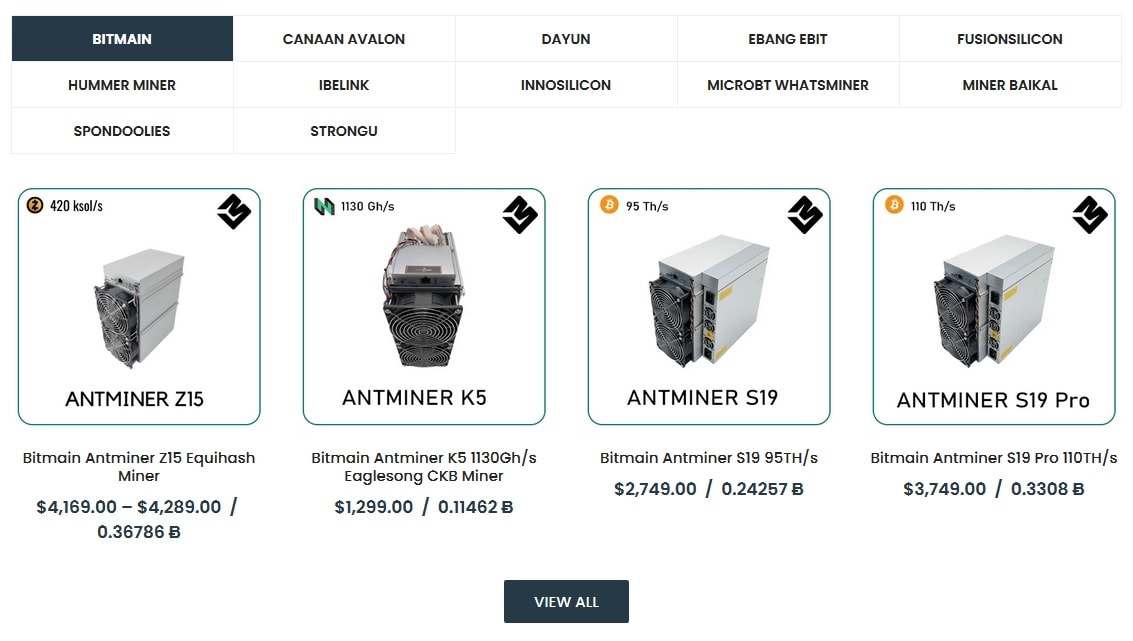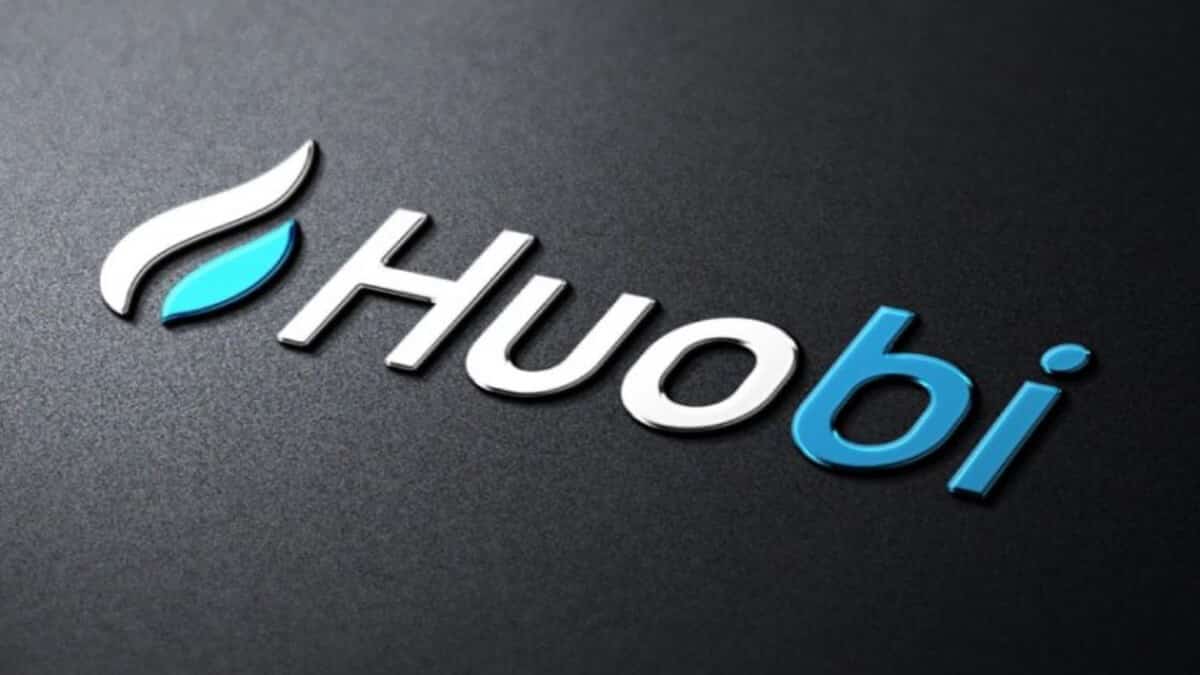
You may be wondering about the benefits and risks of yield farming in the Cryptocurrency world. Here is a brief analysis of yield farming and its comparison with traditional staking. First of all, let's talk about the benefits of yield farming. This reward is given to those who provide sETH/ETH liquidity on Uniswap. These users will be rewarded according to the amount they provide in liquidity. This means that, if you provide enough liquidity, your reward will depend on how many tokens you deposit.
Cryptocurrency yield farming
There are no doubts that cryptocurrency yield farming has its pros and cons. It is a great way to earn interest and accumulate more bitcoin currencies. Investor's profits rise with bitcoins increasing in value. Jay Kurahashi–Sofue is the VP marketing at Ava Labs. Yield farming is similar to ridesharing apps in their early days, when users were given incentives to recommend them to others.
Staking isn’t right for every investor. To earn interest on your crypto assets, an automated tool is available to help you save capital. This tool will generate an income every time you withdraw money. Learn more about cryptocurrency yield farm in this article. It is much more profitable to use automated stake. Compare the cryptocurrency yield farming tool with your own investment strategies to determine which one is best.
Comparative analysis to traditional staking
The main differences between traditional and yield farming are their respective risks and rewards. Traditional staking involves locking up coins, but yield farming uses a smart contract to facilitate the lending, borrowing, and buying of cryptocurrency. Liquidity pool providers earn incentives for participating in the pool. Yield farming can be especially advantageous for tokens with low trading volumes. This strategy is often the only option to trade these tokens. But, yield farming comes with a greater risk than traditional staking.
Staking is a good choice if you are looking to earn a consistent, steady income. It doesn't require high initial investments, and rewards are proportional to the amount of money you staked. However, it can also be risky if you're not careful. Yield farmers aren't well-versed in smart contracts so they don't fully appreciate the risks. While stake farming is safer than yield agriculture, it can be more difficult and risky for novice investors.

Risks of yield farming
Yield farming is a lucrative passive investment option in the cryptocurrency market. However, yield farming comes with a number of risks, most notably the risk of impermanent loss. Yield farming can be a great way to make bitcoins. But, it can also lead to complete losses when done on newer projects. Many developers create "rugpull," projects that allow investors the ability to deposit funds into liquidity banks, but then disappear. This risk can be compared to investing in cryptocurrency.
With yield farming strategies, leverage is a risk. You are more likely to lose your investment in liquidity mining opportunities if you leverage. The entire amount of your investment can be lost and sometimes your capital could even be sold in order to cover your debt. This risk increases in times of high market volatility, network congestion, and when collateral topping up may become prohibitively expensive. This is why you need to consider these risks when selecting a yield farming strategy.
Trader Joe's
Trader Joe's new yield farming and staking platform will allow investors to make more money while they stake their cryptocurrencies. It is among the top 10 DEXs based on trading volume and lists 140 tokens. Staking is better suited for shorter term investment plans and doesn't lock up funds. Ideal for risk-averse investors, Trader Joe's yield farming feature makes it easy to get a return.
Although the yield farming strategy of Trader Joe is the most well-known method of investing in crypto, staking could be an option for long-term profitability. Both strategies produce passive income streams. However, staking is more stable. Staking allows investors only to invest in cryptos they are willingly to hold for a longer time. Regardless of the strategy used, both methods have advantages and disadvantages.
Yearn Finance
If you're wondering whether to use staking or yield farming for your crypto investments, consider using the services of Yearn Finance. "Vaults" are used to implement yield farming techniques automatically. These vaults automatically rebalance farmer funds across all LPs. Profits are continually reinvested, increasing their size. Yearn Finance not only allows you to make investments in a wider array of assets but also provides the ability to perform the work for several other investors.

Although yield farming can be very lucrative over the long-term, it is not as scaleable as stakestaking. Yield farming is not only a risky business that requires lockups but can also require you to jump from platform to platform. However, staking requires that you trust the DApp or network you're investing in. You'll need to make sure that you're putting your money where you can grow it quickly.
FAQ
How much does it cost to mine Bitcoin?
It takes a lot to mine Bitcoin. One Bitcoin is worth more than $3 million to mine at the current price. You can begin mining Bitcoin if this is a price you are willing and able to pay.
Is it possible to trade Bitcoin on margin?
Yes, Bitcoin can also be traded on margin. Margin trading allows for you to borrow more money from your existing holdings. If you borrow more money you will pay interest on top.
Is Bitcoin a good deal right now?
The current price drop of Bitcoin is a reason why it isn't a good deal. If you look at the past, Bitcoin has always recovered from every crash. So, we expect it to rise again soon.
Statistics
- While the original crypto is down by 35% year to date, Bitcoin has seen an appreciation of more than 1,000% over the past five years. (forbes.com)
- This is on top of any fees that your crypto exchange or brokerage may charge; these can run up to 5% themselves, meaning you might lose 10% of your crypto purchase to fees. (forbes.com)
- For example, you may have to pay 5% of the transaction amount when you make a cash advance. (forbes.com)
- Ethereum estimates its energy usage will decrease by 99.95% once it closes “the final chapter of proof of work on Ethereum.” (forbes.com)
- “It could be 1% to 5%, it could be 10%,” he says. (forbes.com)
External Links
How To
How Can You Mine Cryptocurrency?
Although the first blockchains were intended to record Bitcoin transactions, today many other cryptocurrencies are available, including Ethereum, Ripple and Dogecoin. Mining is required in order to secure these blockchains and put new coins in circulation.
Mining is done through a process known as Proof-of-Work. This method allows miners to compete against one another to solve cryptographic puzzles. Newly minted coins are awarded to miners who solve cryptographic puzzles.
This guide shows you how to mine different cryptocurrency types such as bitcoin, Ethereum, litecoins, dogecoins, ripple, zcash and monero.